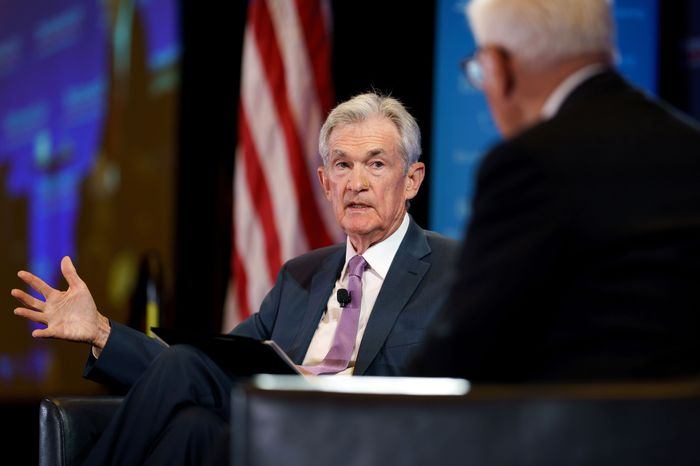Fed July meeting outlook: Federal Reserve July Meeting Preview: High Probability of Inaction; A Rate Cut Would Be a Surprisethe probability of standing still if the rate cut will be a surprise
Stabilizing prices and preserving jobs are the Fed's two main goals, and weak employment progress will boost confidence in the Fed's rate cut.
On Wednesday of this week, the Federal Reserve will hold its July interest rate meeting. Most analysts believe that the Fed will continue to hold its position at this meeting, preparing for a rate cut in September. However, a small number of people say that a rate cut this month is not impossible.
Federal Reserve officials have recently indicated that they are increasingly convinced that the inflation rate will continue to decline to the 2% target. Compared to the progress of inflation, they are paying more attention to the rise in unemployment rates. Price stability and job preservation are the two major goals of the Federal Reserve, and the lack of progress in employment will strengthen the Fed's confidence in cutting interest rates.
From the data perspective, the United States has indeed made good progress in fighting inflation. In June, the PCE grew by 2.6% year-on-year, the same as in May, lower than the 2.8% in April, gradually approaching 2%. If we look at it on a quarterly basis, the core PCE in the second quarter has fallen from 2.9% to 2.3%. The CPI data is also similar. Under the high pressure of interest rates, the core CPI in the United States in June grew by only 3.3% year-on-year, also lower than the 3.4% in May and the 3.6% in April.
The labor market is another picture. The unemployment rate in the United States has risen for two consecutive months to 4.1%, even higher than the unemployment rate predicted by some officials at the end of this year. Chicago Fed Chairman Austan Goolsbee told the media that the cooling of the job market is a "concerning area," and officials will "closely monitor" it in the future. Although the current rise in unemployment is not like the "beginning of a recession," he added that this is also a balance in the U.S. labor market after the pandemic.
The importance of the labor market is not only because it is a policy goal of the Federal Reserve. Politically speaking, 2024 is an election year in the United States, and the labor force issue will become an important battlefield for the two parties to compete for the right to speak. Wilmington Trust's Chief Economist Luke Tilley said: In an election year, "if you do not tie the rise in unemployment rates and inflation issues, this will be a bad message to convey to the public. The market will interpret it as a 'tightening spell.'"
Therefore, a small number of analysts believe that if the Fed chooses to cut interest rates this week, it is not entirely impossible, although the related swap market interest rates show that the possibility of the Fed cutting interest rates in July is only 5%.
Goldman Sachs Chief Economist Jan Hatzius said that the Fed has a clear reason to cut interest rates in July. First, if the reasons for (inflation and labor) are obvious, why wait another seven weeks for the same rate cut? Second, based on the instability of monthly inflation, there is always a risk of temporary acceleration. If an unfortunate acceleration of inflation occurs in September, the scheduled rate cut will become inexplicable.
More and more Democratic members of Congress are also calling on the Federal Reserve to cut interest rates as soon as possible. They believe that the Federal Reserve's insistence on keeping the policy interest rate at a high level for 23 years reflects the bank's two bad traditions: monetary policy is always too tight and the duration is always too long, which may lead to an economic recession. When Powell went to Capitol Hill to testify, some members also said that if the key decision to cut interest rates in September does not meet their wishes, they will not hesitate to criticize the central bank.

·Original
Disclaimer: The views in this article are from the original Creator and do not represent the views or position of Hawk Insight. The content of the article is for reference, communication and learning only, and does not constitute investment advice. If it involves copyright issues, please contact us for deletion.